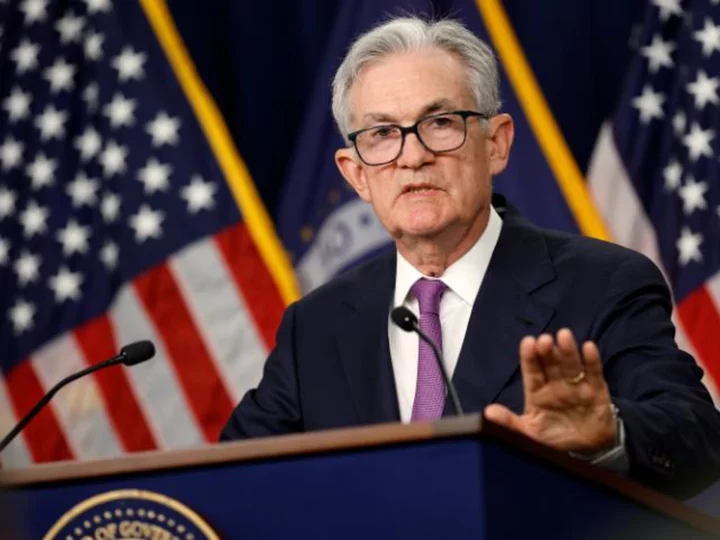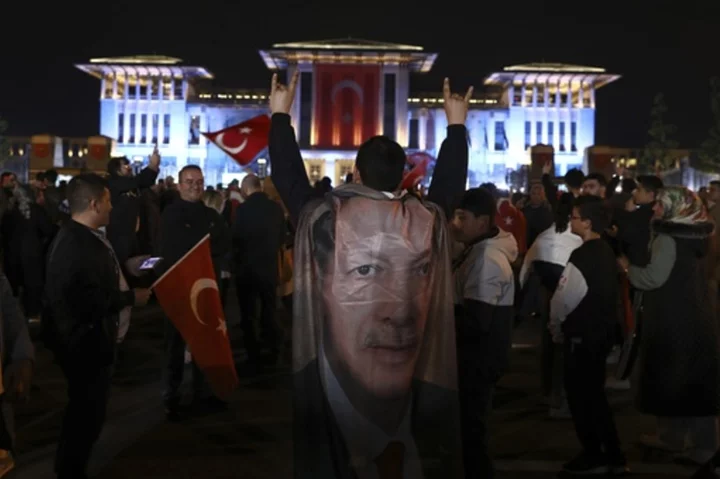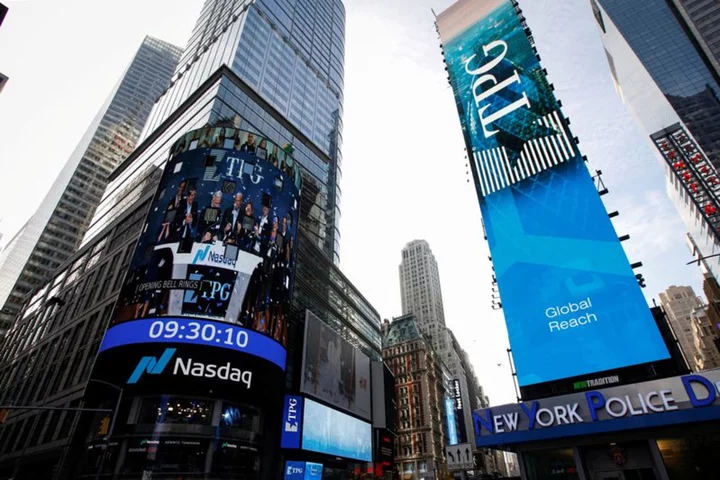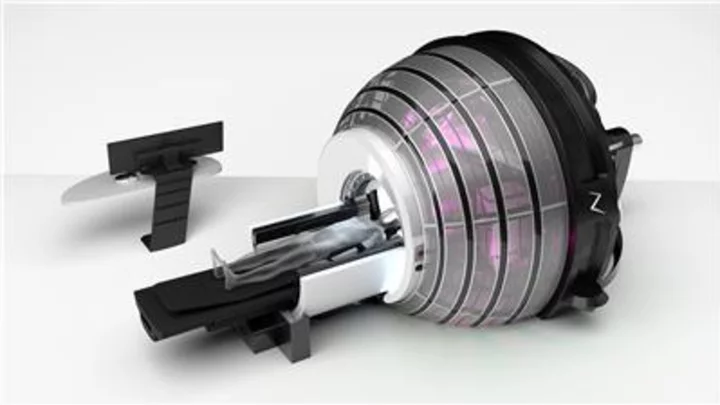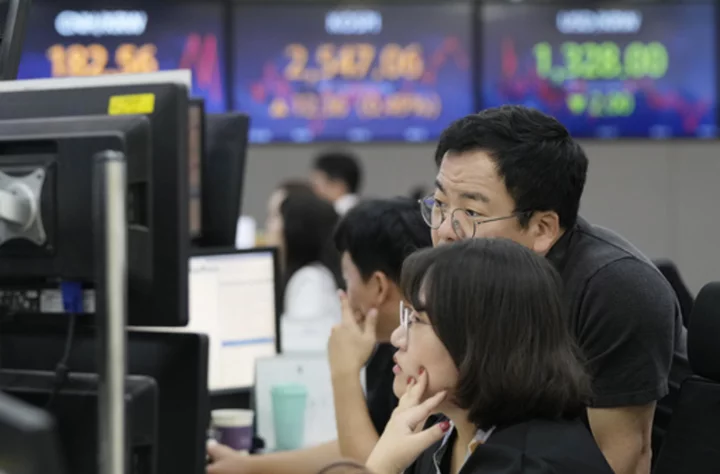There's a star the Federal Reserve is chasing.
It isn't a celebrity or sphere of gas that dazzles the sky at night. It's not even a visible object. "We only know it by its works," Fed Chair Jerome Powell said last week.
The star the central bank is looking for is R-star, or the "neutral interest rate."
The term dates back to 1898 when Swedish economist Knut Wicksell wrote: "There is a certain rate of interest on loans which is neutral in respect to commodity prices and tends neither to raise nor to lower them."
In other words, there's a Goldilocks interest rate out there. One that isn't so low that it ushers in inflation, yet not so high that it tips the economy into a recession.
One model designed by a World Bank economist, New York Fed President John Williams and a former top adviser to Powell, defines it as "the real short-term interest rate expected to prevail when an economy is at full strength and inflation is stable."
What does R-star mean?
The term R-star comes from economic models that plot the demand for savings and investment in an economy. Both are determined by inflation-adjusted interest rates, which are represented by the variable r in economic models. The interest rate that causes demand for savings to equal demand for investing, is typically denoted as R*.
In theory, that perfect rate exists in the real world. And it's likely the missing puzzle piece needed for the Fed to achieve a soft landing, where inflation is tamed but a recession is avoided.
But, in practice, it's not so simple to find.
R-star in reality
After inflation caught the Fed by surprise in the wake of the pandemic, heating up faster and sticking around longer than expected, the US central bank, like many across the globe, has been playing catchup for the past year and a half.
To tame inflation that hit a four-decade high last year, the Fed has been raising interest rates. That makes it more expensive for businesses and consumers to borrow money, which means they can't spend as much as they otherwise would. When people spend less, businesses have a tougher time raising prices.
While the Fed left interest rates unchanged at two of its policy meetings this year, Powell signaled that the central bank isn't necessarily done hiking yet.
"The fact that we decided to maintain the policy rate of this meeting doesn't mean that we've decided that we have or have not, at this time, reached that stance of monetary policy that we're seeking," he told reporters Wednesday in a post-meeting press conference.
Inflation remains above the Fed's 2% target. At the same time, if central bank officials continue to hike rates to get inflation down, they run the risk of overshooting. That's because there's roughly a year-long lag between when the Fed acts and when its actions are felt in the economy. For that reason, Powell said the central bank is "moving carefully."
But if the Fed waits too long to act, a higher-than-desirable level of inflation can become engrained, making it much harder to break.
None of that would be the case at the neutral interest rate. But as Powell pointed out, "you only know when you get there and by the way the economy reacts."

